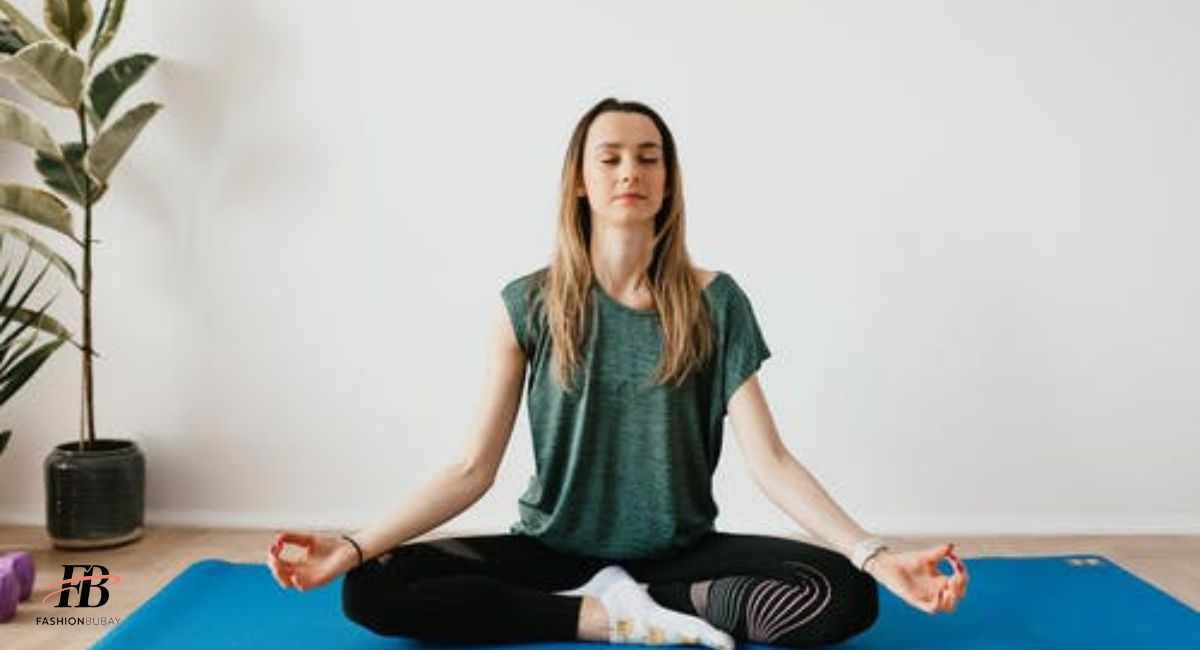A meditation teacher helps people learn and practice meditation. They guide students through different techniques and explain the benefits. This support helps students deepen their personal practice.
Meditation teachers need proper training to teach effectively. They learn various methods and how to present them clearly. This training ensures they can meet students diverse needs.
Teachers can share their skills in many ways. They might lead group classes workshops or private sessions. Each teacher can create a unique approach based on their own experiences.
What skills and knowledge do meditation and mindfulness teachers have?
Meditation teachers know many techniques and how to explain them clearly. They help students practice effectively and adapt to different needs.
Understand different meditation techniques: Meditation teachers know a variety of methods like mindfulness breath focus and body scan.
Explain meditation in simple terms: They can break down complex concepts into easy-to-understand language.
Guide students through meditation sessions: Teachers lead classes and individual sessions offering step-by-step instructions.
Recognize signs of meditative states: They identify when students reach deeper levels of meditation and help them progress.
Adapt teachings to individual needs: Teachers modify their approach based on each student’s experience, goals, and challenges.
Provide a broad variety of practices: They offer a range of techniques to suit different preferences and situations.
Support students’ personal meditation journeys: Teachers give ongoing advice and encouragement to help students integrate meditation into their daily lives.
Ways meditation teachers can share their offerings

Meditation teachers can share their offerings through various avenues such as group meditation classes workshops retreats and online courses allowing them to reach a diverse audience and provide opportunities for individuals to learn and practice meditation in different settings and formats.
Group classes: Teach meditation to multiple people simultaneously in a group setting.
Online platforms: Use websites or apps to reach a wider audience with recorded or live sessions.
Workshops: Conduct sessions focusing on specific meditation techniques or themes.
Individual sessions: Provide one-on-one guidance tailored to each person’s needs and goals.
Retreats: Offer immersive experiences in peaceful settings for deepening meditation practice.
Corporate programs: Introduce meditation to companies as part of employee wellness initiatives.
Community events: Organize gatherings or classes in local communities to promote meditation.
Read This Blog: What Color Shoes To Wear With Black Dress To Wedding?
Our graduates and students are great examples of just how diverse meditation teaching can be
Our graduates and students exemplify the wide-ranging applications of meditation teaching. They integrate meditation seamlessly into fields like coaching dance and holistic health showcasing its adaptability and effectiveness in diverse contexts. Their unique approaches highlight the versatility of meditation as a tool for personal growth and well-being.
Our students and graduates showcase the incredible diversity of meditation teaching applications. For example:
Holly Shoebridge: combines meditation with holistic coaching and breathwork.
Lucas Enciso: incorporates meditation and mindfulness into Afro-Latin Dance instruction.
Helen Mullan: integrates meditation Reiki sound healing, and yoga in her holistic business.
Mick Davies: blends meditation teaching with personal training.
Jenny Guerrero: shares meditation techniques with parents and children.
Stacey Anderson: works with Seeing Eye Dogs and incorporates meditation.
Kate Wilson: supports clients with meditation and mindfulness in naturopathy.
These examples highlight the endless possibilities of sharing the benefits of meditation and mindfulness across various professions and settings.
Here is an example of one meditation teacher’s day
Morning Routine:
The day begins with waking up early and having a nutritious breakfast. This is followed by personal meditation practice to set a positive tone for the day. Afterward the meditation teacher heads to the studio to prepare for the first client session.
Teaching Sessions:
The teacher guides a private meditation class in the morning, providing individualized attention and guidance. After a break for morning tea and checking emails they lead a lunchtime meditation session as part of a corporate wellness program. In the afternoon there may be additional group meditation classes or workshops scheduled.
End of Day:
After completing all teaching sessions the teacher takes time to pack up and clean the studio for the next day’s activities. They then head home to enjoy a nourishing meal and engage in self-care activities ensuring they recharge for another fulfilling day of guiding meditation practices.
Best meditation teacher training

The best meditation teacher training programs offer a comprehensive curriculum that covers various meditation techniques philosophies and teaching methods. Students learn how to guide meditation sessions effectively and adapt their teachings to diverse needs. The training also includes the study of meditation’s benefits history and practical applications.
In these programs students engage in experiential learning through hands-on practice and mentorship. They participate in guided meditation sessions observe experienced teachers in action and receive constructive feedback on their own teaching abilities. This experiential approach helps students develop confidence competence and a deep understanding of meditation principles.
The best training programs foster a supportive community of like-minded individuals who share a passion for meditation and mindfulness. Students benefit from networking opportunities peer support and ongoing mentorship even after completing the program. This supportive environment encourages personal growth collaboration and lifelong learning among aspiring meditation teachers.
Also Read This Blog: Lil Man J Net Worth, Bio, Age, Height, Real Name, and Wiki Career
Frequently Asked Question
What are the responsibilities of a meditation teacher?
A meditation teacher guides students in meditation practices and helps them deepen their understanding. They create a supportive environment offer guidance and adapt teachings to individual needs.
What does a meditation coach do?
A meditation coach helps clients develop and maintain a meditation practice. They provide guidance support and personalized techniques to enhance mindfulness and well-being.
How to be a good meditation teacher?
To be a good meditation teacher focus on your own practice and continuous learning. Cultivate empathy patience and effective communication skills to guide students with compassion and clarity.
How much money do meditation teachers make?
The income of meditation teachers varies widely based on factors like location experience and clientele. Generally they can earn anywhere from part-time supplementary income to a full-time salary.
Conclusion
A meditation teacher’s role is multifaceted and impactful centered around guiding individuals towards inner peace and self-awareness. They facilitate the exploration of various meditation techniques helping students understand and experience the benefits of mindfulness. Through their teachings meditation teachers create a space for personal growth stress reduction and enhanced well-being.
Meditation teachers provide valuable support and encouragement fostering a sense of community and connection among their students. They embody qualities of patience empathy and clarity ensuring that each student feels heard and understood. Ultimately the work of a meditation teacher extends beyond the classroom influencing positive transformations in individuals’ lives and contributing to a more mindful and harmonious society.











